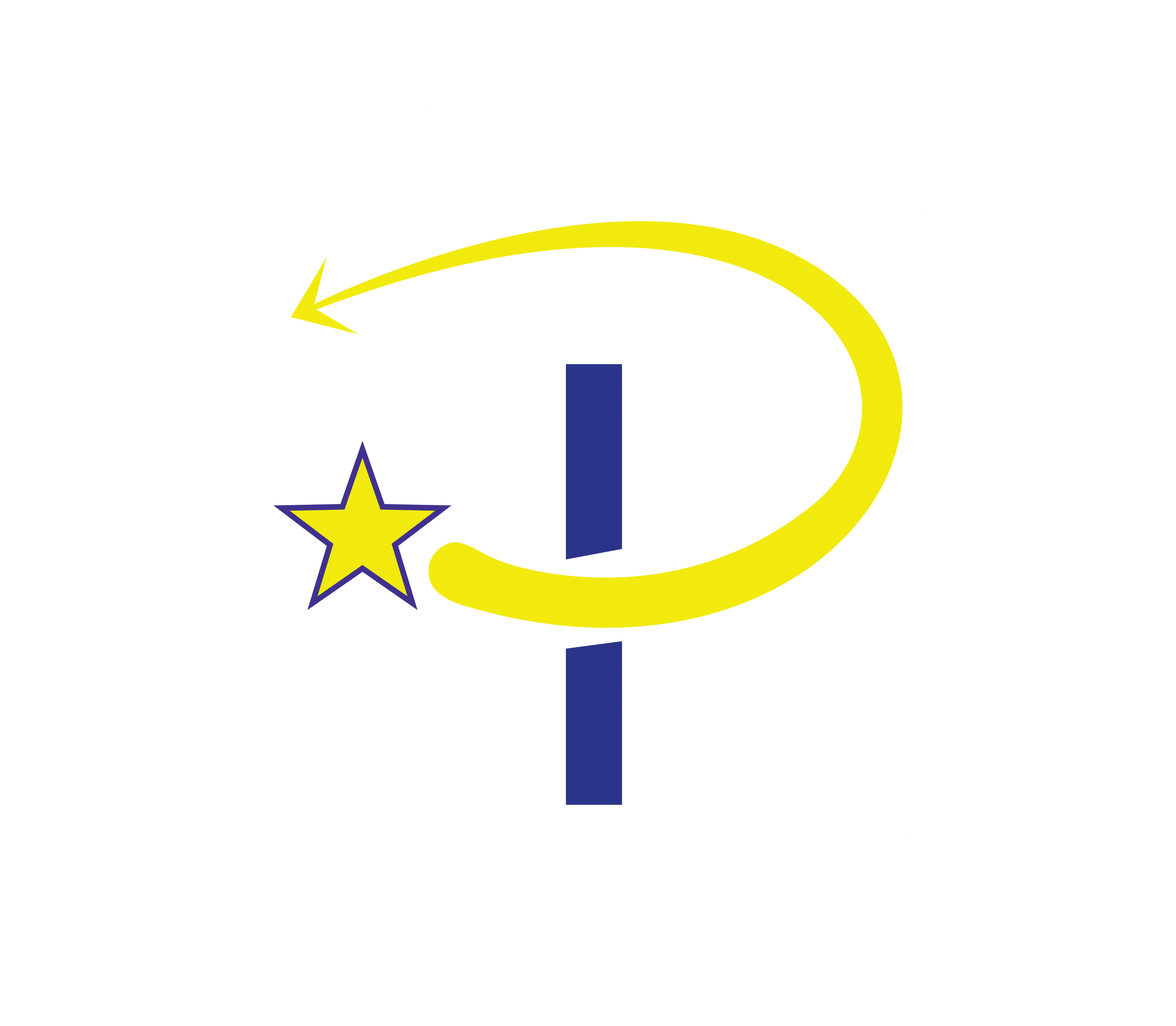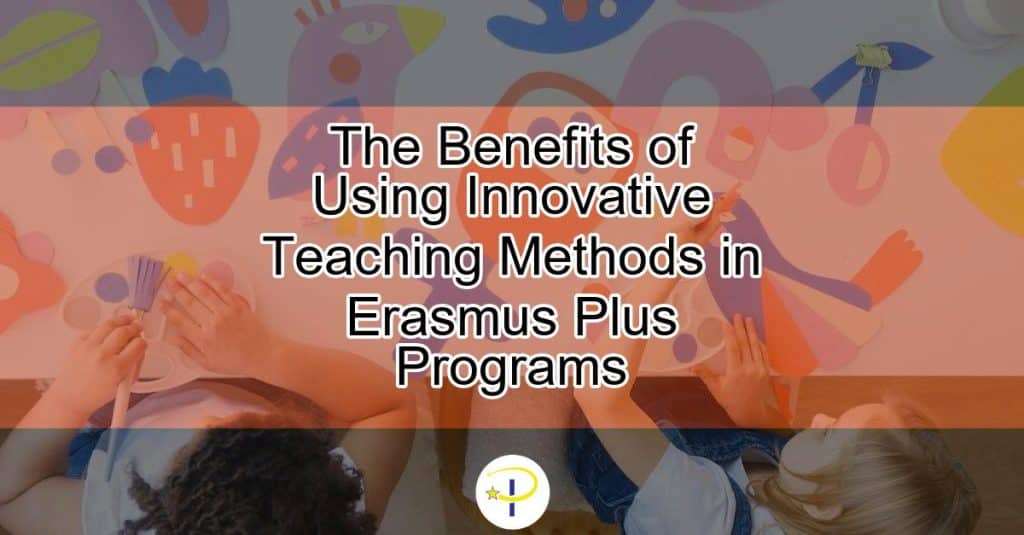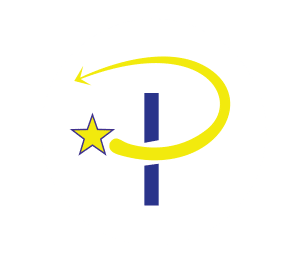As an Education Specialist, I strongly believe that innovative teaching methods play a vital role in creating a successful Erasmus Plus Program. These methods can help enhance student engagement, foster creativity and critical thinking, improve learning outcomes, and boost teacher professional development. In today’s rapidly changing world, it is essential to adapt to new technologies and teaching techniques to create a better learning experience for students. In this article, we will explore the benefits of using innovative teaching methods and how they can help students succeed. Join me as we delve into the world of teaching innovation and discover strategies that can make a huge difference for both educators and students.
Enhance Student Engagement
Gamification Techniques
Modern students are constantly bombarded with online games and entertainment, which can be a huge distraction from their studies. However, why not harness the power of gaming and create enjoyable learning experiences that students will love? This is where gamification comes in – by integrating game elements into educational programs, educators can increase engagement, motivation and interest in the subject matter. Gamification techniques such as badges, leaderboards, and point systems have been shown to be particularly effective in enhancing student engagement. This approach leverages the natural desire for competition and motivation, as students strive to earn virtual rewards and improve their own performance.
Collaborative Learning Activities
Traditional classroom settings often focus on individual learning, with less emphasis on collaboration, teamwork, and communication skills. However, modern workplaces require these skills, and it is important to prepare students accordingly. Collaborative learning activities can help students develop these vital competencies. Activities such as group projects, simulations, and case studies allow students to exchange ideas, challenge each other’s thinking, and learn from different perspectives. This approach creates a more dynamic and interactive learning environment where students can learn from each other’s strengths and weaknesses.
Innovative teaching methods can significantly improve the student experience, and Erasmus Plus teachers can benefit greatly from incorporating these techniques in their teaching. The Competitor 2 course provides educators with a space to experiment with and practice innovative teaching methods, emphasizing the importance of excellence and creativity in education.
Collaborative learning activities and gamification techniques are particularly effective at enhancing student engagement, motivation, and interest in the subject. By using these approaches, Erasmus Plus teachers can create learning environments that are dynamic, engaging, and exciting. It is crucial for educators to adapt to a changing world that is increasingly reliant on technology and collaborative teamwork, and innovative teaching methods provide the best way to prepare students for this new landscape.
In summary, Erasmus Plus teachers can significantly benefit from incorporating innovative teaching methods that emphasize collaborative learning and gamification. These methods can help create dynamic learning environments that promote student engagement, motivation, and an interest in lifelong learning.
Foster Creativity and Critical Thinking
Project-Based Learning
Project-Based Learning (PBL) is a student-centered approach that encourages creativity and critical thinking skills in the classroom. By engaging students in real-world projects, PBL enables students to learn by doing, allowing them to develop skills that are applicable beyond the classroom. This approach fosters collaboration, creativity, and problem-solving skills, while also allowing students to take ownership of their learning.
Problem-Based Learning
Problem-Based Learning (PrBL) is another student-centered teaching approach that puts the students at the center of the learning process. Unlike traditional teaching methods that rely on textbooks and lectures, PrBL uses complex and meaningful real-world problems to empower students to find solutions and challenge their critical thinking skills.
Incorporating PrBL into the Erasmus Plus program can offer educators a fantastic opportunity to enhance their teaching methods. By giving students the freedom to explore and collaborate, PrBL helps build an open and supportive learning atmosphere while promoting the development of problem-solving skills. Not only does PrBL help students to learn new information, but it also equips them with the skills and confidence needed to approach and tackle complex problems in their professional and personal lives.
By utilizing project-based and problem-based learning methods in the Erasmus Plus program, educators can creatively cultivate innovation in their teaching practices and better equip students for tomorrow’s world. These approaches offer students opportunities to develop invaluable life skills that they can utilize both inside and outside the classroom, preparing them for the challenges of the future.
Improve Learning Outcomes
Personalized Learning Approaches
The use of personalized learning approaches has been shown to greatly enhance student engagement and motivation, two key factors in improving learning outcomes. By tailoring the learning experience to the unique needs and interests of each student, teachers can create a more effective and efficient educational environment. This can be achieved through various methods such as differentiated instruction, adaptive learning software, and project-based learning, among others. When students feel that their education is personally relevant and meaningful, they are more likely to be deeply invested in the learning process and achieve better outcomes.
Multimodal Teaching Methods
In today’s rapidly evolving technological landscape, it has become increasingly important for educators to utilize multimodal teaching methods. These methods involve using various forms of media and technology to deliver content in multiple formats, such as audio, video, and interactive programs. This approach has been proven to be especially effective for students who have different learning styles or may struggle with traditional classroom instruction. By incorporating multimedia elements, educators can engage students on multiple levels, making learning more dynamic and interactive. This can also help students retain information more effectively by providing varied and engaging contexts for learning.
Overall, the use of personalized learning approaches and multimodal teaching methods can greatly benefit both educators and students. By implementing these innovative strategies, educators can create a more dynamic and engaging learning environment that is better suited to the needs of students in the Erasmus Plus program. As the world continues to evolve and change, it is increasingly important for educators to adapt their teaching methods to meet the needs of an increasingly diverse and technologically advanced population of students.
Boost Teacher Professional Development
Access to Innovative Teaching Tools and Techniques
As an Education Specialist, you know how important it is for teachers to constantly develop their skills in order to provide the best learning experience for their students. One effective way to achieve this is by providing access to innovative teaching tools and techniques. Innovative teaching methods allow teachers to engage students in a more interactive and dynamic way, improving their motivation and making learning more fun.
Innovative teaching tools may include digital technologies, gamification, or project-based learning. By incorporating these tools into their lesson plans, teachers can help students develop important skills such as critical thinking, problem-solving, creativity, and collaboration. Additionally, by using these tools, teachers can personalize their teaching methods to meet each student’s learning style.
Opportunities for Professional Networking and Collaboration
Another important factor in the development of teachers is networking and collaboration. Participating in professional networking events or collaboration with other teachers can provide invaluable opportunities for knowledge-sharing, improving teaching practices, and professional growth.
Erasmus Plus Program offers a range of opportunities for teachers to connect with other educators from different countries to discuss their teaching methods, share best practices, and work together on projects. These opportunities can provide teachers with new and innovative perspectives on teaching, while also building their professional network.
In conclusion, Erasmus Plus Program offers a unique chance for professional development and growth for teachers through access to innovative teaching tools and techniques, and opportunities for professional networking and collaboration. By embracing these opportunities and incorporating innovative teaching methods into their lesson plans, teachers can provide students with the best possible learning experience, improving their skills and motivation for success in the future.
Frecuently Asked Question about The Benefits of Innovative Teaching Methods for Erasmus Plus Teachers
How do innovative teaching strategies improve students performance?
Innovative teaching strategies play a key role in enhancing students’ academic performance. These strategies involve the use of new and creative methods to present subject matter to students. Some popular examples of innovative teaching strategies include problem-based learning, project-based learning, flipped classrooms, and gamification.
One main advantage of innovative teaching strategies is that they promote greater student engagement and motivation. When students are actively engaged in the learning process, they are more likely to remember and retain information. Innovative teaching strategies also help to promote critical thinking and problem solving skills, as students are encouraged to apply their knowledge in practical and meaningful ways.
Moreover, innovative teaching strategies can also help to cater to individual learning styles and needs. For example, students who are visual learners may benefit from the use of graphic organizers or videos, while those who are auditory learners may prefer lectures or discussions.
Another benefit of innovative teaching strategies is that they can foster a positive learning environment. By encouraging collaboration and participation, students can develop strong relationships with their peers and teachers. This can lead to increased confidence in their abilities and a more positive attitude towards learning.
In summary, using innovative teaching methods in Erasmus Plus programs can lead to a host of benefits, including enhanced student engagement through gamification techniques and collaborative learning activities, fostering creativity and critical thinking with project and problem-based learning, improving learning outcomes with personalized approaches and multimodal teaching methods, and finally, boosting teacher professional development through access to innovative tools and networking opportunities. If you’re interested in learning more about these educational technologies and how they can make an impact in your classroom, be sure to check out our Plus project blog for more information and resources.

We at Plus Project are passionate about transforming the adult education landscape. As a premier training provider, we take pride in offering top-notch courses for teachers, aimed at sharpening their skills and expanding their knowledge. Our expert trainers use cutting-edge methods to deliver a dynamic and engaging learning experience, making us the ideal choice for teachers seeking professional growth and success. Join us on our mission to elevate the teaching profession, one course at a time.


